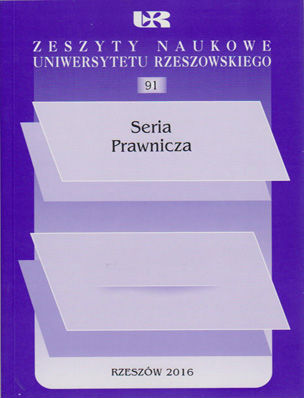BUDOWNICTWO SAKRALNE KOŚCIOŁA CZĘSTOCHOWSKIEGO (1945–1989)
SACRAL CONSTRUCTION OF THE CZĘSTOCHOWA CHURCH (1945–1989)
Author(s): ks. Władysław Piotr Wlaźlak, Agnieszka JanasSubject(s): History, Recent History (1900 till today), Theology and Religion, Post-War period (1950 - 1989)
Published by: Wydawnictwo Uniwersytetu Rzeszowskiego
Keywords: sacral construction; People’s Poland
Summary/Abstract: Problem of sacral construction in the People’s Poland reflect the relations between State and Church. The communist authorities wishing to limit the impact of the Church on the society decided to hold back the process of erecting new temples. They cared mainly about the new housing estates built in the neighbourhood of large plants. Częstochowa and Dąbrowskie Coal Basin were the main clusters of workers on the territory of the Częstochowa Diocese, where hard industry developed. The request for new churches showed in the rural area as well. Unfortunately state authorities, both in cities and villages, did not wish new sacral buildings. They did not agree when the bishop put forward a motion to receive a permit for a chapel extension either. Believers waited for such a building permit for many years and in cases when it was given it was sometimes withdrawn. This kind of disfavour of the communist authorities did not discourage the Curia of Częstochowa, which prepared a plan of sacral construction every year and sent it to different voivodship authorities. When negotiations did not succeed the bishop sent pastoral lists, in which he informed the believers about the state of affairs. Long-term measures for the development of the Częstochowa Church space base appeared to be successful just after the decline of the communist power.
Journal: Zeszyty Naukowe Uniwersytetu Rzeszowskiego - Seria Prawnicza
- Issue Year: 2011
- Issue No: 10
- Page Range: 221-230
- Page Count: 10
- Language: Polish

